Why brands shouldn’t ignore the power of conversational content
The way brands interact with audiences on social media is distinctly different from other platforms, including digital. While promotional offers, contests and product marketing are still the mainstay of e-commerce, consumer electronics, and apparel brands, the services as opposed to product categories like OTT, food delivery, ride sharing, and hospitality and travel, have taken a more conversational approach. Often, pharma, auto, FMCG, accessory categories hijack viral moments to resonate with the pulse of a younger audience.
Digital marketers have a range of tools to engage in conversation digital natives. In this edition of #TwitterChat, Adgully was joined by digital marketers from India’s leading digital agencies to understand why this approach to marketing has become eponymous with brand building exercise. Joining us in the discussion were:
Rajni Daswani, Director, Brand Experience & Employee Engagement, SoCheers (@R_Diaries)
Ashish Manchanda, VP - Client Strategy, RepIndia (@AshiManchanda27)
Karthik Hariharan, Business Head - South, FoxyMoron (@Karthikhh)
Carol Goyal, Executive Director, Mogaé Media (@carolgoyal1)
Ritoban Ghosh, General Manager, Digi Osmosis (@iRitoban)
Sapna Bakshi, Account Director Maven- Client Servicing, Windchimes Communications (@SapnaBakshi1).
There was no consensus amongst digital marketers to the rise in adoption of conversation content. Wind Chimes’ Sapna Bakshi opined that such an approach added personalisation to the customer experience and helped brands convert leads. Ashish Manchanda from RepIndia seconded that sentiment, saying that it helped consumer interactions be perceived as less transactional.
He noted that brand conversation creates a virtuous feedback loop, where brands don’t just rely on “brand facts/ information, quotes, memes, and topical days. Conversational content opens new avenues and you end up receiving honest opinion/ feedback and disclosures from your audience.”
According to Digi Osmosis’ Ritoban Ghosh, “Using conversational content, digital marketers are able to get a higher rate of response from their customers and get a better understanding of what the customer is looking out for”. He further added that brands like Zomato and Amazon Prime Video have leveraged these consumer insights to delight their customers and convert them to loyal customers and brand advocates.
FoxyMoron’s Karthik Hariharan stated that it helped strengthen a brand’s positioning in the minds of the consumer, while Mogae Media’s Carol Goyal said it was simply a way for brands to show they care.
As the conversation progressed, the digital marketers agreed that creating an engaging brand personality is not easy. Brands segment their audiences based on gender, age, location and economic ability. A digital audience is a poor representation of our country’s demographic diversity. Goyal remarked, “It is easy to be chatty and carefree with millennials. Much tougher with older age cohorts.”
While the panellists agreed that these conversations go a long way in creating affinity and loyalty towards a brand, Rajni Daswani said that “comparatively, it is more favourable for digital brands to have an engaging brand personality online since conversation and transaction is happening on the same platform.” She added that certain non-digital categories like malls could benefit as well to create top of mind recall amongst customers.
Hariharan believes, “All brands have a personality, knowingly or unknowingly, that are either engineered or attributed at some level via CX. The consumer in the online world can interact and engage directly with a brand, so it makes absolute sense to have personality. But not all brands invest in that. The goal is to understand what works best in the category and for the brand. Archetypes are a great place to start.”
Ghosh emphasised that creating a distinct personality was not limited to attracting younger users. According to him, “While most brands use digital to engage with the younger generations, those who have a better knowledge of digital utilise the platforms and build their brand personality according to the target group (TG) they want to appeal.”
However, an unrestrained hijacking of social media conversations can be a double-edged sword. Imagine a Fair & Lovely in India trying to piggyback on the racism debate that is raging in the US. In the past, a brand taking a stance on a social or political issue was reserved for beloved bands like Amul, but now ‘brand purpose’ is a marketing buzzword that is seeping into the conscious of mainstream marketing. Case in point, when Gillette changed their iconic ‘the best a man can get’ into ‘the best men can be’. The move sparked furious debate.
Bakshi states that identifying “brand purpose is a long-term strategic plan to create a positive image in the minds of customers and content that supports your brand-building efforts. That’s why it’s crucial to ensure that brand purpose and content are in sync to build a better reputation and drive growth.”
While this trend is fashionable, it has its consequences. Pepsi got a rap on their knuckles when they tried too hard to be ‘woke’ with their Kendall Jenner ad during Black Lives Matter protests. Goyal observes that most times brand purpose is overhyped and is inventing purpose just to give the brand a halo… If the brand purpose is not deeply entrenched in the value system of the entire organisation, then the veneer tends to fall off.”
She questions the attempt of brands in India to appear woke. As Indians, we are still coming to term with ‘woke-ness’ and according to her, the backlash from consumers who don’t resonate with your message can be vicious.
Ghosh feels that, “Brands need to identify topics that resonate with their audience, but it should not look like they are hijacking the conversation for their benefit. Brands like NFL, Bandaid, Quaker Oats aren’t shying away from touching sensitive trends either as long as it goes with their brand and their consumers are accepting it.”
Manchanda concurs, “Determining brand relevancy is a must before you decide to leverage social media trends. I have seen brands trying to capitalise on the RIP trend and urging their agency to leverage it for higher reach. Think long term and don’t succumb to the engagement or reach bait!”
No matter what the CSR budgets may be, brands are not activists and should not attempt to engage in communication that is perceived as such. Digital marketers agree that clients have more humble expectations from their social media strategy.
Ghosh notes that in today’s environment the most important thing is to stand out from the clutter and clients mainly want to increase their share of voice and distribution scalability on social platforms. He cites the example of ‘Dunzo’ having achieved this successfully.
How they achieve this is dictated by the category, platform and client’s own expectations. Daswani shares, “Different clients have different requirements. Some want to go the extra mile and engage with their customers while others want to be present. It all depends on the brands’ overall positioning and in what capacity they want to be present on digital.”
Hariharan adds here, “The purpose of a platform in the users’ life is varied. Add to this the category and the brand mix and what we have isn’t a one-size-fits-all expectation.”
He shares an example, “f you are a B2C brand a product range, you would showcase a product range, but if you are a single product brand, you may choose to showcase testimonials and CX to build brand love. However, a B2B brand would use it to showcase organisational culture and attract talent.”
No matter how compelling your content may be, virality of content is not a guarantee. Fact is, a lot of factors that determine organic engagement is out of the creator’s hands and in the hands of the platform. Hariharan says, “As much as we can engineer, going viral isn’t formulaic, it’s magic.”
Digital marketers strive hard to create that magic for clients. Here are few excerpts from the discussion as to how this can be achieved:
- Rajni Daswani and Ritoban Ghosh say agencies and brands should understand what their community likes and relates with and match their needs/ wants.
- Ashish Manchanda and Carol Goyal recommend authentic communication. Manchanda suggests, “Create your own personality and stick to what you stand for. Don’t take shortcuts for higher reach and engagement and focus on generating meaningful conversations.”
- Sapna Bakshi recommends diversifying into a number of community outreach activities.
Hariharan recommends using digital tools to mine consumer interactions for insights.
Read More



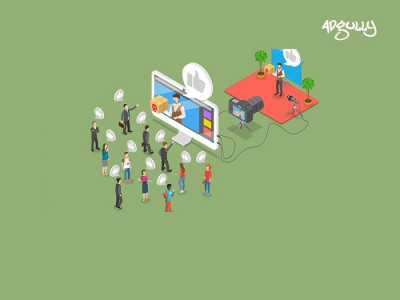






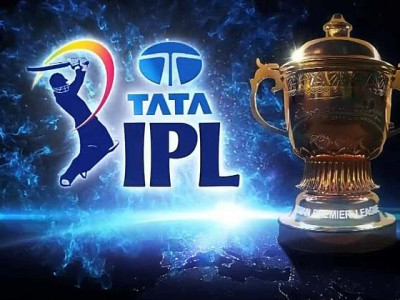


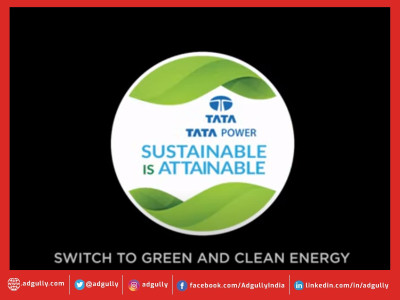
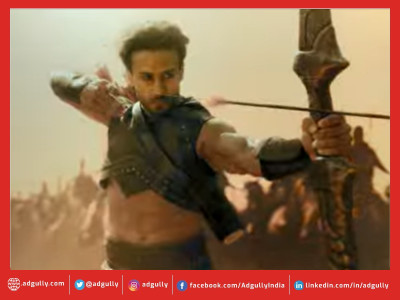
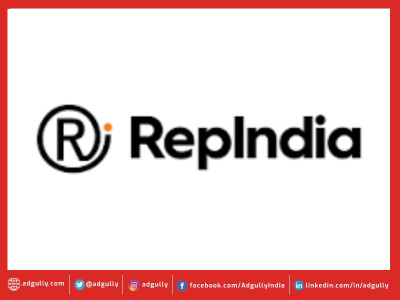

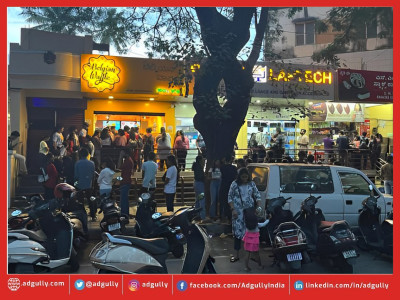
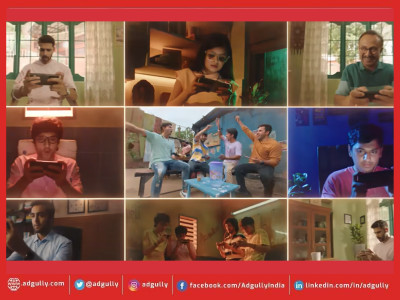

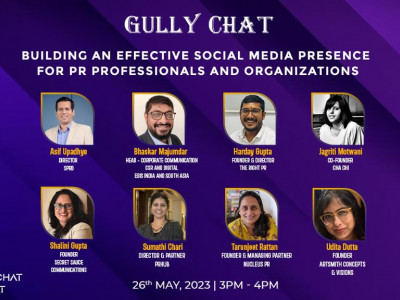



Share
Facebook
YouTube
Tweet
Twitter
LinkedIn